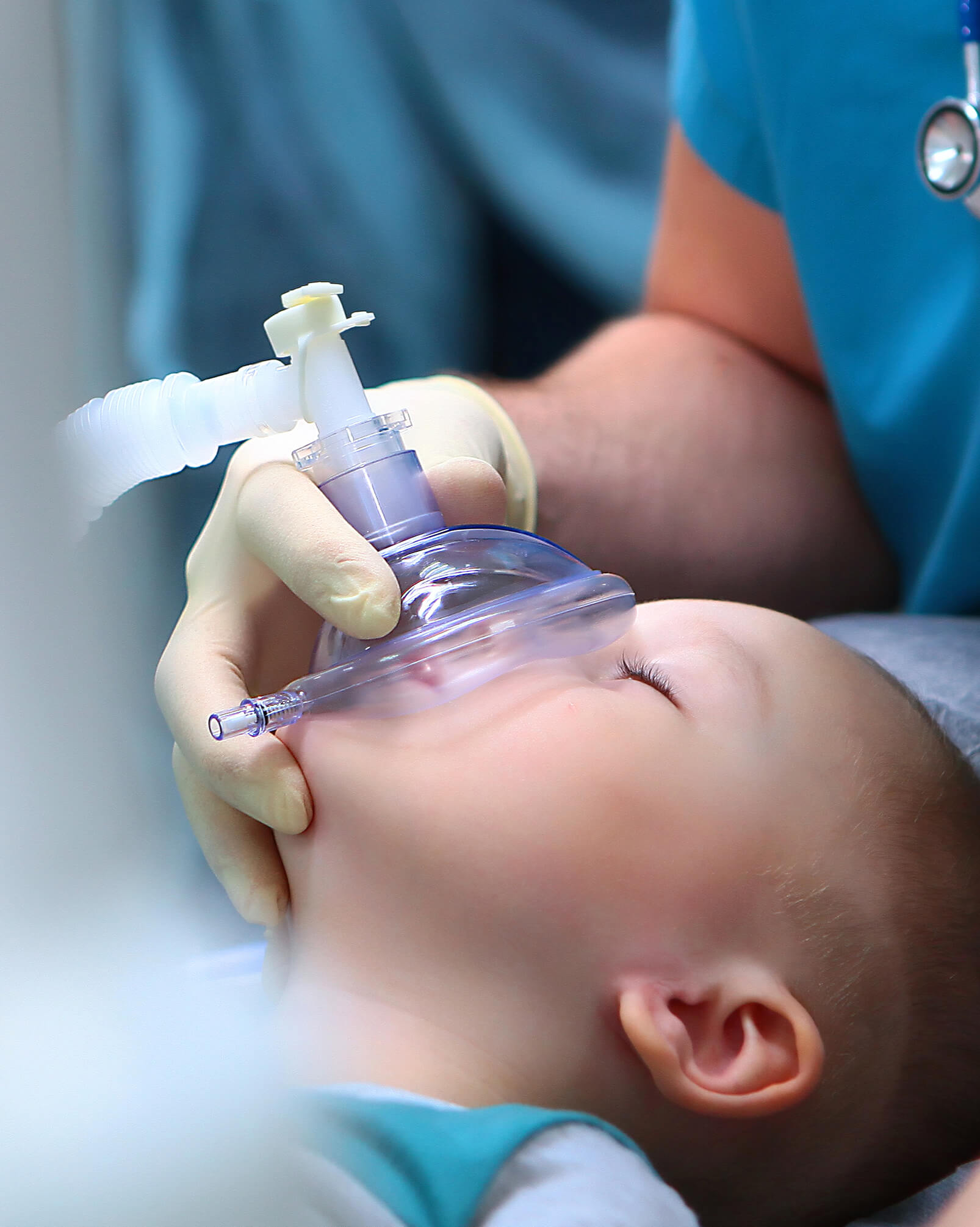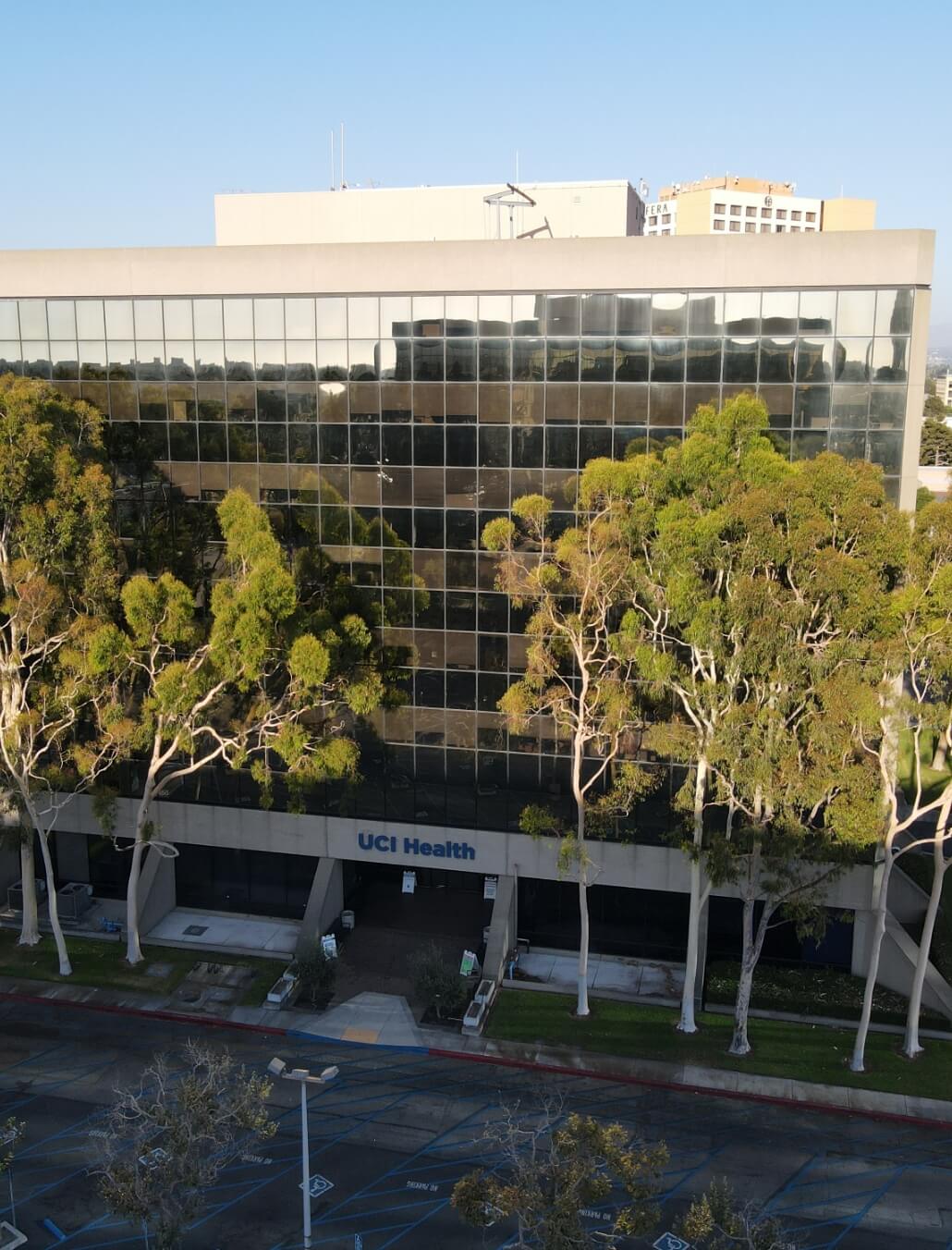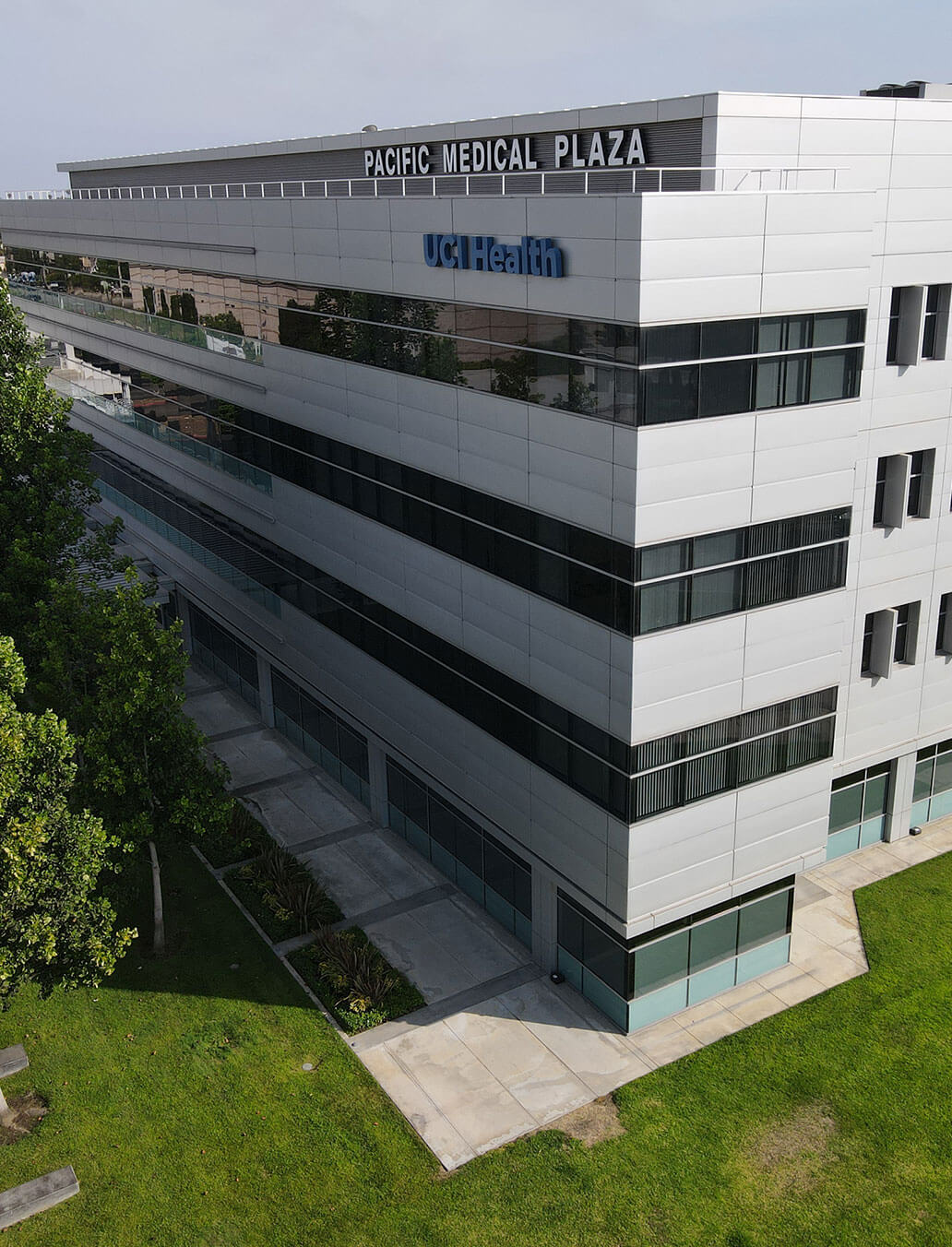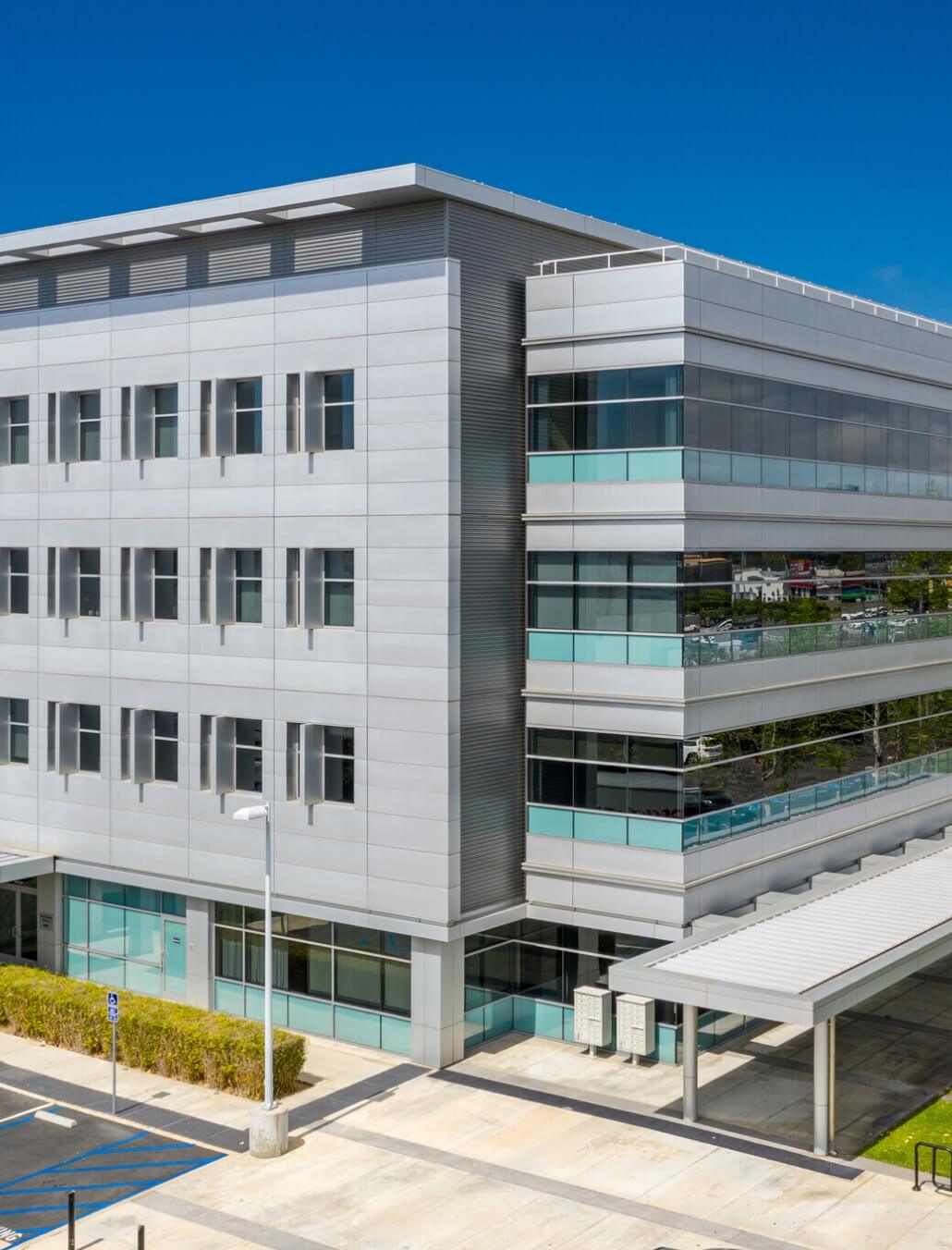Speech surgery corrects anatomical and functional problems that interfere with the clear expression of language. It can also correct related problems, such as food or liquid going into the nose while eating or drinking. Speech surgery is an option after efforts to improve enunciation with speech therapy have not resulted in sufficient progress.
To learn more about how speech surgery might improve your child’s speaking and swallowing ability, or how it might improve speech in an adult, contact UCI Plastic Surgery to schedule a consultation at one of our three Orange County locations: in Orange, and Costa Mesa, Tustin, CA.
The doctors at UCI Plastic Surgery are leaders in the fields of cosmetic and reconstructive surgery. Through their teaching and lecturing roles at UCI, they stay current with state-of-the-art techniques and technology. With their advanced technical skills, they consistently produce better, more natural-looking results for their patients.
What Is Speech Surgery?
In normal speech, muscles and tissue in the top of the mouth and the back of the throat move to open or close the air passage to the nose. To form specific consonants clearly, the passage must block airflow to the nose. When these muscles and tissues are malformed or don’t function normally, speech can be unclear and hard to understand — and this can affect a child’s ability to socialize or perform well in school or an adult’s ability to communicate. This problem is known as velopharyngeal dysfunction. It occurs in some children after cleft palate repair and in others as a result of different types of mouth and airway malformations.
Speech surgery changes the shape, thickness, and strength of the muscles and tissues at the back of the mouth and the top of the throat. One area that is critical to speech is the soft palate, the tissue at the very back of the roof of the mouth that extends and retracts to open or close the nasal airway. Another is the back wall of the throat — the pharynx or pharyngeal wall.
In normal speech, the soft palate and the pharyngeal wall work together to close and open the connection between the throat and the nasal passage. To make some sounds in speech, including vowels, the connection must be open. To make other sounds, such as the consonants p, x, and w, it must be closed. In much the same way, the opening to the nasal passage must be closed when swallowing and opened to breathe through the nose.
Depending on the anatomical or functional problem that is interfering with clear speech, speech surgery modifies the structure or improves the strength and flexibility of the soft palate or the back wall of the throat.
Speech surgery is often a follow-up procedure after cleft palate repair, once the initial surgery has healed and the cosmetic issues have been resolved. Speech surgery can also correct speech impairments in children and adults who have other types of anatomical malformations of the mouth and throat.

Why Might I Consider Speech Surgery?
In most cases, surgery done at a young age to correct a cleft palate gives a child the ability to speak clearly, typically with the help of speech therapy. But for some children, speech therapy is not enough. Even when working with a skilled therapist, the voice may have a nasal sound and some consonants may be impossible to pronounce. These issues indicate an anatomical issue that may need speech surgery to correct. Other children who were not born with cleft palate may have similar speech problems if the palate is not long enough to close the nasal passage or if it moves too slowly.
Indications of velopharyngeal dysfunction include:
- Nasal-sounding speech (hypernasality)
- Air leaking through the nose while speaking
- Food or liquid leaking through the nose when eating or drinking
- Inability to pronounce certain sounds in speech
- Speech that is hard for others to understand
These speech problems may not be apparent when a child is very young. All children mispronounce some sounds and words as they are learning to talk. But as a child reaches school age and still can’t speak clearly, even with extensive speech therapy, a doctor may recommend an evaluation for speech surgery.
Speech surgery can be valuable for adults, too, to correct lifelong speech problems and improve their ability to communicate.
Speech problems, beginning when a child starts school and continuing into adulthood, can make it difficult to socialize and achieve success at school or work. Speech problems can also have a damaging effect on self-esteem and self-confidence. Speech surgery can set your child, or you, on a path to greater happiness in life.
How to Determine the Need for Speech Surgery
Speech problems that don’t improve with speech therapy indicate an anatomical issue, but not necessarily conclusively. A precise diagnosis requires diagnostic imaging to understand what aspect of the speech-related anatomy is involved. Doctors use two primary imaging methods to understand speech problems.
- Video fluoroscopy: X-ray imaging of the palate as it moves during speech. Video fluoroscopy can show the size and location of gaps that allow air to pass into the nose.
- Nasoendoscopy: Live imaging through a small camera at the end of a flexible tube passed through the nose. Nasoendoscopy allows observation of the movements of the soft palate and throat wall during speech.
These imaging studies’ findings help the medical team determine whether speech surgery will be beneficial and guide the surgeon in planning the approach for the procedure.

What Does Speech Surgery Entail?
Experienced surgeons tailor speech surgery to the specific problem at hand, based on the imaging studies. They consider crucial details such as the size and shape of the velopharyngeal gap. Here are the most common procedures used in speech surgery.
- Posterior pharyngeal flap: A surgeon attaches a flap of tissue from the back of the throat (the pharyngeal wall) to the soft palate. Doing so creates a “bridge,” closing the gap that has allowed air to pass into the nose during speech. Openings remain on either side of the flap to allow normal breathing through the nose.
- Buccinator (or buccal) flap: The surgeon takes strips of tissue from both cheeks and places them in an opening made between the hard and soft palate. This additional tissue lengthens the soft palate and pushes it toward the rear of the mouth, allowing the velopharyngeal gap to close during speech and when eating and drinking.
- Sphincter pharyngoplasty: A surgeon takes flaps of tissue from the sides of the throat and joins them to create a ring of thickened tissue around the sides and back of the throat, where the soft palate can meet it and close the nasal airway during speech.
- Pharyngeal wall augmentation: A surgeon creates a bulge at the back of the throat by injecting or inserting an artificial material, rolling up a flap of tissue and sewing it to the back of the throat, or transplanting fat or cartilage from elsewhere on the body. The added thickness at the back of the throat allows the soft palate to close the nasal airway during speech.
- Palate re-repair: In some cases, the original cleft palate repair fails to heal properly, leaving an opening between the mouth and the nose (an oronasal fistula). Revision surgery re-repairs the cleft palate and closes the opening. During the procedure, a surgeon may realign the muscles in the palate and move them further back, lengthening the soft palate so it can meet the back of the throat during speech.
As part of the pre-surgical consultation, the surgeon will explain which of these procedures they plan to use. All these procedures take place while the patient is resting under general anesthesia. They typically require at least one overnight stay in the hospital.
What to Expect in Recovery
You or your child’s throat and mouth may feel sore after surgery, and speech surgery patients should only eat soft foods for the first week or two. The staff at UCI Plastic Surgery will provide specific instructions for recovery, including guidance on how to manage pain and any restrictions on strenuous activity or loud talking and singing.
Once the swelling from the surgery goes down, speech issues will improve, but it can take six months to a year to notice the final changes. We recommend speech therapy starting about two weeks after surgery to realize the improvements’ full potential.
Start Your Journey Today!
UCI Plastic Surgery is a leader in the field of cosmetic surgery. Each of our specialists is highly knowledgeable, trained, and committed to bringing our patients the latest advancements in the field. Learn how our experts can help you obtain industry-leading results by scheduling a consultation today.
Schedule A ConsultationSchedule a Consultation in Orange County
Contact us today to schedule a consultation and find out whether speech surgery might be beneficial for you or your child. We’ll answer your questions and explain the treatment options. We have three Orange County offices: in Orange, Costa Mesa and , Tustin, CA.



